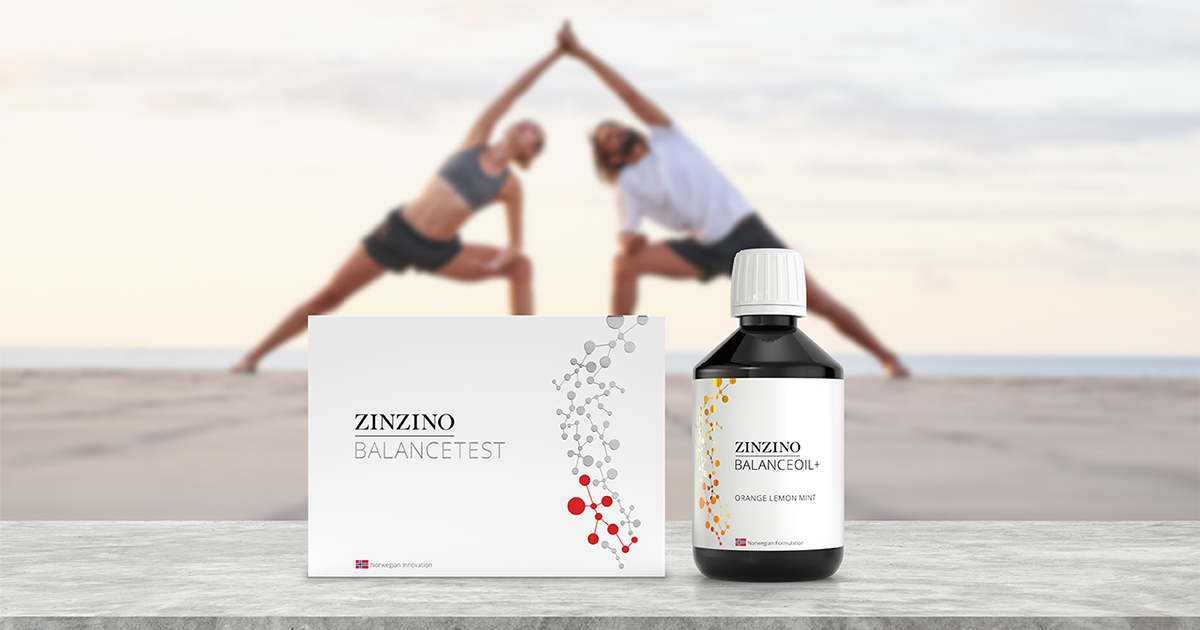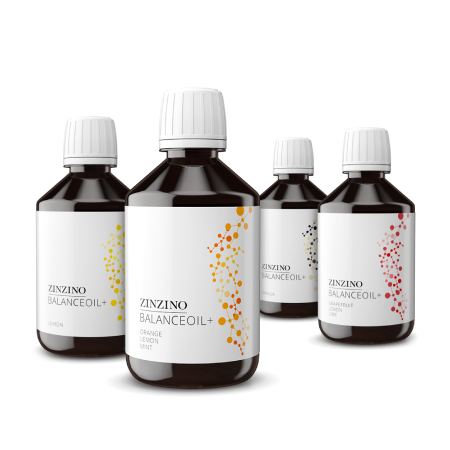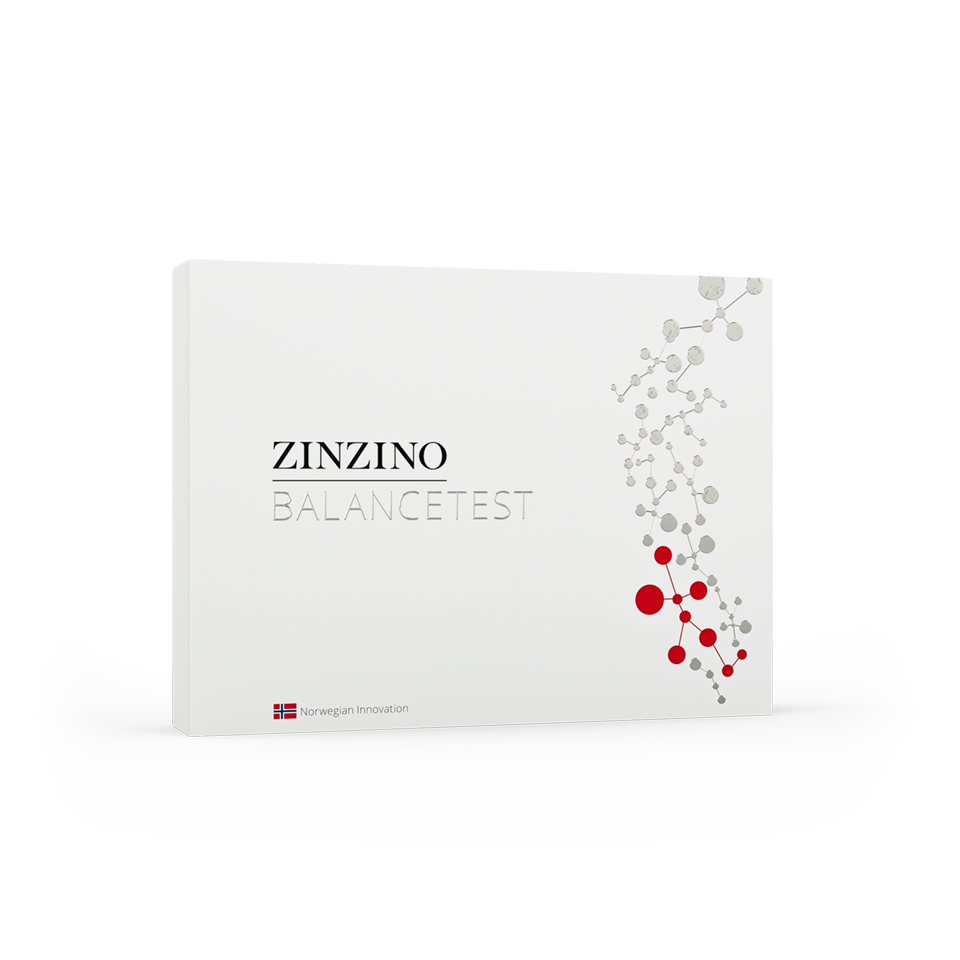MAMINA EL GHALLAOUI
Zinzino Independent Partner
Welcome! I'm your independent consultant, here to guide you on your health journey. Let me know what you need!
The Omega-6:3 Ratio & Why You Should Test It

Today’s food is often ultra-processed and there are more packaged options than ever before. Our fridges and freezers are packed with meals that are high in sugar and low in fiber and it’s very easy to make dietary choices out of convenience, not for nutritional value. While it’s harder to find nutritious meals and avoid empty calories, we’re also in the era of personalized nutrition – where we can leverage scientifically proven food supplements to meet our individual nutritional needs and bring our bodies back into balance. No more time-consuming and expensive mixing and matching vitamins. Test-based nutrition informs and empowers the individual.
Omega-3 and 6 benefits
Our bodies require both Omega-3 and Omega-6 to perform important functions. They are essential fatty acids that must be consumed through diet and food supplements, as the body doesn’t produce them naturally.
Omega-3 is mainly found in oily fish, green leafy vegetables, and plants. Omega-6 can be sourced from meat, poultry, and eggs. There’s no shortage of Omega-6 in our diets. The challenge is getting enough Omega-3 and achieving a balanced ratio.

The Omega ratio in the western diet
For optimally healthy cell membranes, we should have a 3:1 balance between Omega-6 and Omega-3. This ratio protects our cells from oxidative stress, which occurs when antioxidant levels get too low and our body becomes overwhelmed, unable to function properly, which can lead to cell damage.
The good news: It’s possible to fix the imbalance of antioxidants and free radicals in the body.
What is the ideal Omega-6 to Omega-3 ratio?
The desired Omega-6:3 ratio is 3:1. People who don’t have an Omega-3 supplement can record a ratio of up to 25:1. Even those who eat fish regularly and take Omega supplements test far from the target value, which is 3:1. This is not the fault of individuals but rather a sign of a broken global food system and supplements that are missing vital ingredients for the nutrients to be properly absorbed in the body.
What does a high Omega-6 to Omega-3 ratio mean?
Restoring an out-of-balance Omega-6:3 ratio should be a priority. A body in balance means normal brain, heart, immune and cell function*.
A diet deficient in Omega-3 fatty acids can negatively impact health in several ways. The hard fact is most people don’t realize they’re living out of balance.
Omega-6:3 ratio blood test (Omega BalanceTest)
This is the power of personalized nutrition. While there are recommended daily intakes of fatty acids, there’s no one-serving-for-all. Instead of guessing a ratio, the Omega BalanceTest accurately measures an individual’s fatty acid profile.
It’s a dried blood spot test from the global health and wellness brand Zinzino that provides you with accurate readings of 11 fatty acid levels in your blood. The analysis is independently managed, and the results are completely anonymous. The test includes personalized recommendations and guidelines on how to restore the essential Omega-6:3 balance in your body and move forward on your health journey.
How to balance Omega-3 and 6
Harmonizing the Omega-6:3 ratio is a two-pronged approach. The first and most important step is to make sure your diet includes healthy sources of Omega-3. If you need to bridge the nutritional gap with supplements, use BalanceOil+ – our all-natural signature blend of pure fish oil, extra virgin olive oil with polyphenols, and vitamin D3.
It is scientifically proven to gently readjust the Omega-6:3 ratio. With 15 EFSA-approved health benefits, from the head1 to the heart2, BalanceOil+ transforms cells from the inside out*.
In parallel with the 120-day BalanceOil+ regime, making dietary changes will help to re-balance your body. Reduce processed, packaged foods of convenience and prioritize sources of Omega-3. For example, fatty fish, algae, flax seed oil, spinach, Brussels sprouts, blueberries, and walnuts. When grocery shopping, stick to the perimeter of the store where all the wholefoods are. Repeat the BalanceTest in 120 days and see how close to 3:1 you get.
* These statements have not been evaluated by the Food and Drug Administration. This product is not intended to diagnose, treat, cure, or prevent any disease.
1. DHA contributes to the maintenance of normal brain
DHA prispieva k udržiavaniu prirodzenej funkcie mozgu. Toto tvrdenie sa môže vzťahovať iba na potraviny obsahujúce najmenej 40 mg DHA na 100 g a na 100 kcal. Aby bolo možné splniť požiadavky tvrdenia, musí byť spotrebiteľovi poskytnutá informácia o tom, že k dosiahnutiu priaznivého účinku dochádza pri dennom príjme 250 mg DHA. Príjem kyseliny dokosahexaénovej (DHA) od matky prispieva k normálnemu vývoju mozgu plodu a dojčených detí. Tehotným a dojčiacim ženám bude poskytnutá informácia o tom, že k dosiahnutiu priaznivého účinku dochádza pri dennom príjme 200 mg DHA nad rámec dennej odporúčanej dávky mastných kyselín omega-3 pre dospelých, t. j. 250 mg HDA a EPA. Toto tvrdenie platí iba pre potraviny, ktoré poskytujú denný príjem DHA vo výške aspoň 200 mg.
2. DHA and EPA contribute to the normal function of the heart
EPA a DHA prispievajú k normálnej funkcii srdca. Toto tvrdenie platí iba pre potraviny, ktoré sú minimálne zdrojom EPA a DHA, ako sa uvádza v tvrdení ZDROJ omega-3 MASTNÝCH KYSELÍN uvedenom v dodatku k nariadeniu (ES) č. 1924/2006. Aby bolo možné splniť požiadavky nároku, musí byť spotrebiteľovi poskytnutá informácia o tom, že k dosiahnutiu priaznivého účinku dochádza pri dennom príjme 250 mg EPA a DHA.




Share this page
Or copy link